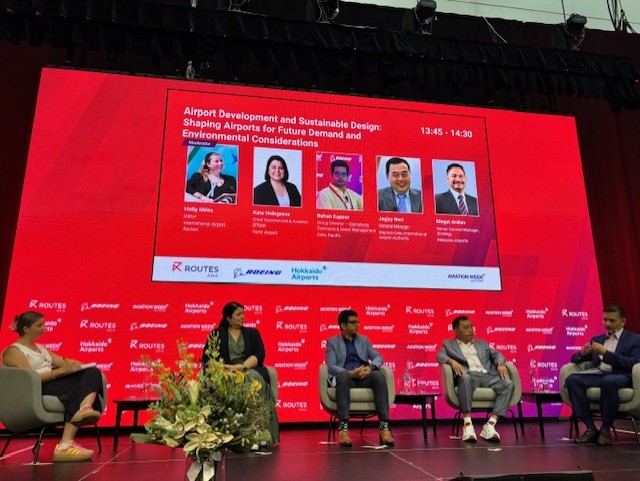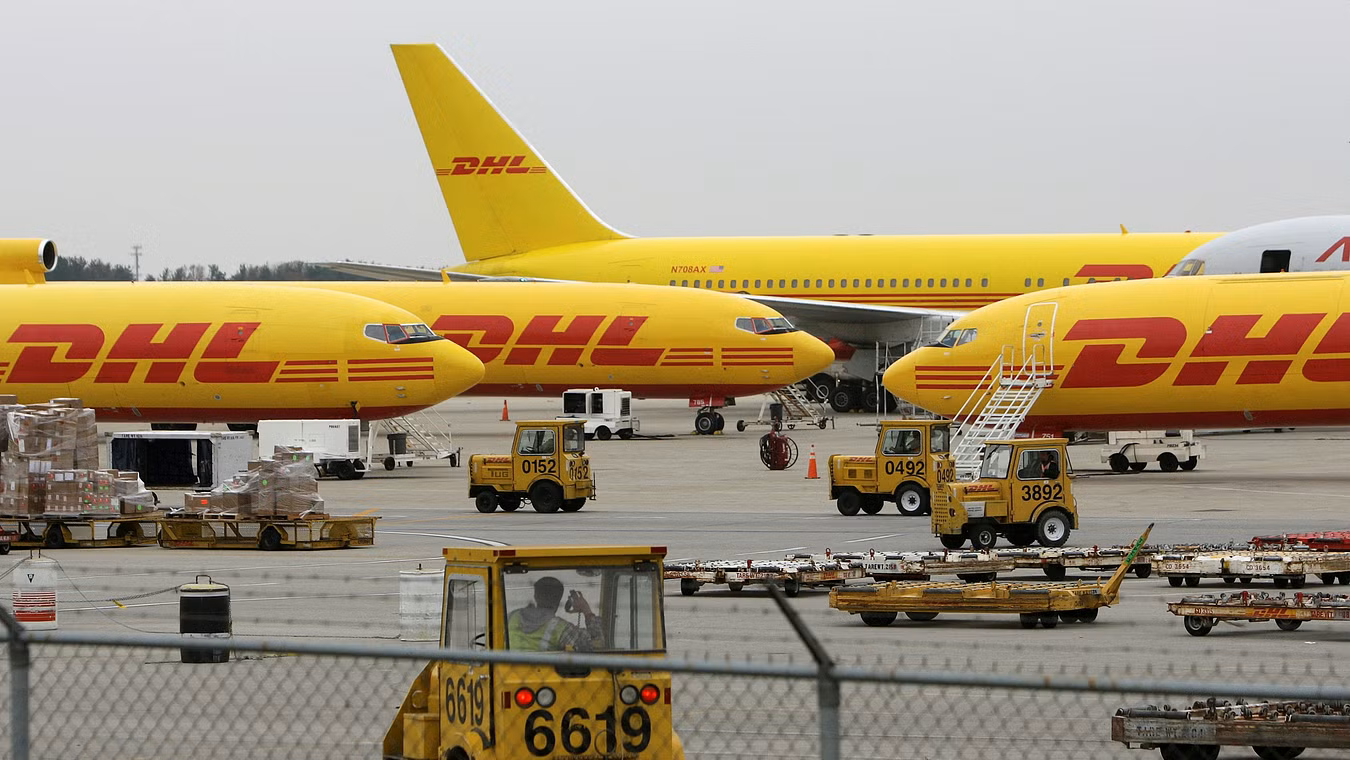Airlines and Airports Push for Sustainability at Routes Asia
26 March, 2025
4 min read
Airlines in this article
By joining our newsletter, you agree to our Privacy Policy


Airlines in this article
Despite contributing just 2.5% of global CO2 emissions, the airline industry is responsible for 4% of global warming. Contrary to popular belief, the answer isn’t just Sustainable Aviation Fuel (SAF), nor is it currently economically viable. So, what are airlines and airports doing?
At Routes Asia, Perth Airport, Cebu Pacific Airlines, the Malaysian Airport Authority, and Mactan–Cebu International Airport convened to discuss their sustainability efforts, goals, and strategies.

Perth Airport: Commitment to Renewable Energy and Sustainability
Kate Holsgrove, Chief Commercial and Aviation Officer at Perth Airport, shared that they recently had their busiest year with 16 million passengers, a number expected to rise to 20 million over the next decade. To ensure sustainability remains a priority, all developments on Perth Airport land—whether airport-related, retail, or commercial—must adhere to strict environmental standards set by the airport, including LED energy-saving lighting, solar panels, green spaces, and eliminating plastic utensils and straws.
Perth Airport has also constructed its new runway with minimal impact on the heritage-listed Munday Swamp. Additionally, a 5-megawatt solar farm is in development, with the goal of achieving 50% renewable energy by 2030 and net zero emissions by 2040.
Cebu Pacific Airlines: Cutting Carbon Through Efficiency
Rohan Kapoor, Director of Operations, Contracts, and Asset Management at Cebu Pacific, emphasized the airline’s commitment to sustainability. Their ultra-dense seating model offers a lower carbon footprint per passenger by default than competitor airlines. They aim to transition all ground handling vehicles to 100% renewable energy and are increasingly using air bridges thus reducing the need for jet fuel-powered Auxiliary Power Units (APU). This shift has cut costs by 50% while lowering emissions and noise pollution.
The airline has also invested in a record-breaking order of A321 NEO aircraft, which burn 15% less fuel than the A320 CEO. On sustainable aviation fuel (SAF), Kapoor noted that while Cebu Pacific was the first in Asia to fly using SAF, the current high costs do not stack up economically. More affordable biofuels are needed for economic viability.
Malaysia Airports: Focus on Optimization Over Expansion
Megat Ardian, Senior General Manager of Strategy at Malaysia Airports, highlighted the importance of optimizing existing resources before expanding. By streamlining airport operations, passenger processing becomes more efficient, improving aircraft turnaround times and allowing more passengers to be served within the same timeframe.
Ardian stressed that many airports need newer infrastructure, such as energy-efficient elevators, air conditioning, and electric ground handling vehicles. As Kuala Lumpur International Airport plans to expand and recruit 15 new foreign carriers, they aim to measure decarbonization progress through solar energy adoption, electric vehicle usage, and waste and water conservation.Each Malaysian airport has its own carbon targets. Ardian echoed Kapoor’s stance on SAF, agreeing that cost remains a major barrier.
Mactan–Cebu International Airport: Renewable Energy and Operational Efficiency
Jayjay Neri, General Manager at Mactan–Cebu International Airport, is focused on making the airport building more energy-efficient and increasing solar panel use. Currently, only 5% of the airport’s energy comes from renewable sources, but Cebu Pacific’s office is already 100% solar-powered with flexible rooftop panels.
To further reduce emissions, the airport is constructing a second parallel runway, which will cut down on aircraft wait times on the tarmac and minimize fuel consumption.
These discussions at Routes Asia highlight the aviation industry’s growing commitment to sustainability. While challenges remain—particularly regarding SAF costs—airports and airlines are implementing concrete steps to reduce their environmental impact.
As mention by Mr Subhas Menon, Director General of AAPA, despite the significant challenge of aircraft shortages, one of the biggest concerns for the industry is the cost of transitioning to an environmentally sustainable model. According to the IATA Sustainability and Economics Report, in a best-case scenario, 3,096 new renewable fuel plants will be needed at an estimated cost of $3.9 trillion. In the worst case, 6,658 new plants will be required at a cost of approximately $8.1 trillion.
Sustainable Aviation Fuel (SAF) is the biggest contributor to IATA’s goal of achieving net-zero emissions by 2050. However, the transition will cost airlines an estimated $4.7 trillion, a cost that will inevitably be absorbed, at least in part, through passenger fares.
Airlines in this article
Get the latest news and updates straight to your inbox
No spam, no hassle, no fuss, just airline news direct to you.
By joining our newsletter, you agree to our Privacy Policy
Find us on social media
Comments
No comments yet, be the first to write one.

